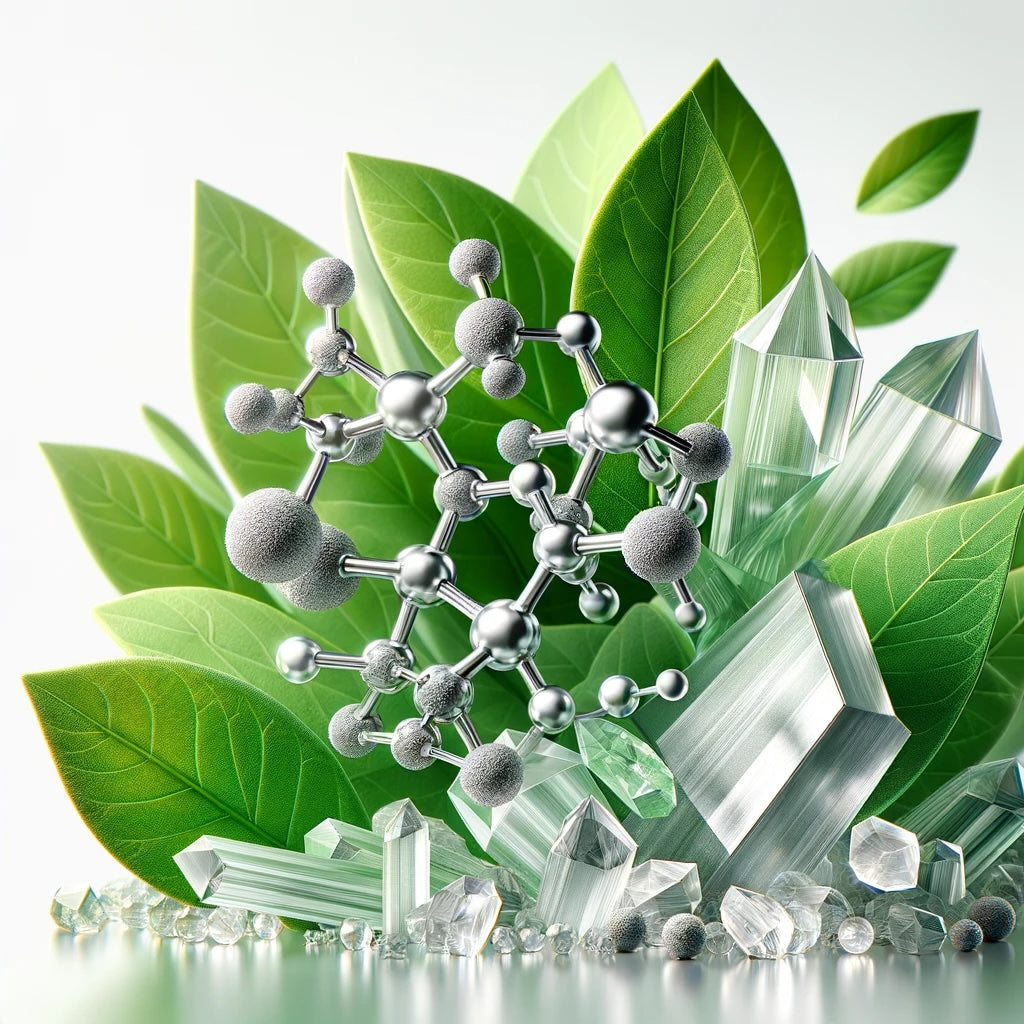Strontium, a name that resonates with a quiet strength in the periodic table, is an element surrounded by both history and modern scientific interest. This article delves into the journey of strontium from its discovery to its role in contemporary supplements, particularly its intriguing synergy with Vitamin K.
Discovery and Historical Significance
The story of strontium begins in the small Scottish village of Strontian, where in 1790, Adair Crawford, a Scottish chemist, identified a new mineral as strontianite. This marked the discovery of strontium, which was later isolated in its metallic form by Humphry Davy in 1808 through electrolysis. The early uses of strontium were predominantly in the production of sugar from sugar beet and in pyrotechnics, where it's responsible for the brilliant reds in fireworks.

Strontium in the Natural World
Strontium is found in nature in minerals like celestite and strontianite. Interestingly, strontium shares many properties with calcium, its periodic table neighbor, which explains its ability to influence bone health, a key interest in contemporary nutrition and medical research.
Strontium in Modern Supplements
The leap from a pyrotechnic element to a bone health supplement might seem vast, but it's grounded in science. Strontium ranelate, a form of strontium used in supplements, has been studied for its potential to support bone density and health.* The rationale lies in strontium's similarity to calcium, which allows it to be incorporated into bone, potentially affecting bone metabolism.*

Synergy with Vitamin K
One of the most compelling aspects of strontium supplementation is its combination with Vitamin K. Vitamin K can play an important role for bone health, primarily due to its role in the carboxylation of osteocalcin, a protein essential for binding calcium in the bone matrix. The combination of strontium with Vitamin K is believed to offer a dual approach to bone health: strontium may support the structural integrity of bones, while Vitamin K could help in the incorporation of calcium.*

Strontium Supplements: Considerations and Usage
While the benefits of strontium supplements, particularly for postmenopausal women, have been highlighted in several studies, it's essential to approach their use with informed guidance. Strontium supplements should be taken separately from calcium supplements. It's also crucial for individuals to consult with healthcare providers before starting any new supplement regimen, especially those with pre-existing health conditions.
Other Interesting Facts about Strontium
- Strontium in Space: Strontium plays a role in astrophysics. It's created in the stars during certain types of supernova explosions, a testament to its cosmic significance.
- Environmental Presence: Strontium isotopes are used in studying geological processes and in archaeology to trace migration patterns of ancient human populations.
- Radioactive Isotopes: While natural strontium is stable, its radioactive isotopes, like Strontium-90, are known byproducts of nuclear fission and have been studied for their environmental impact.
The journey of strontium, from a Scottish village to the shelves of health supplement stores, interweaves history, science, and nutrition. Its role in bone health, especially when combined with Vitamin K, opens a window to fascinating possibilities in nutritional science and health. As research continues, the story of strontium will likely evolve, adding new chapters to this already intriguing narrative.






















